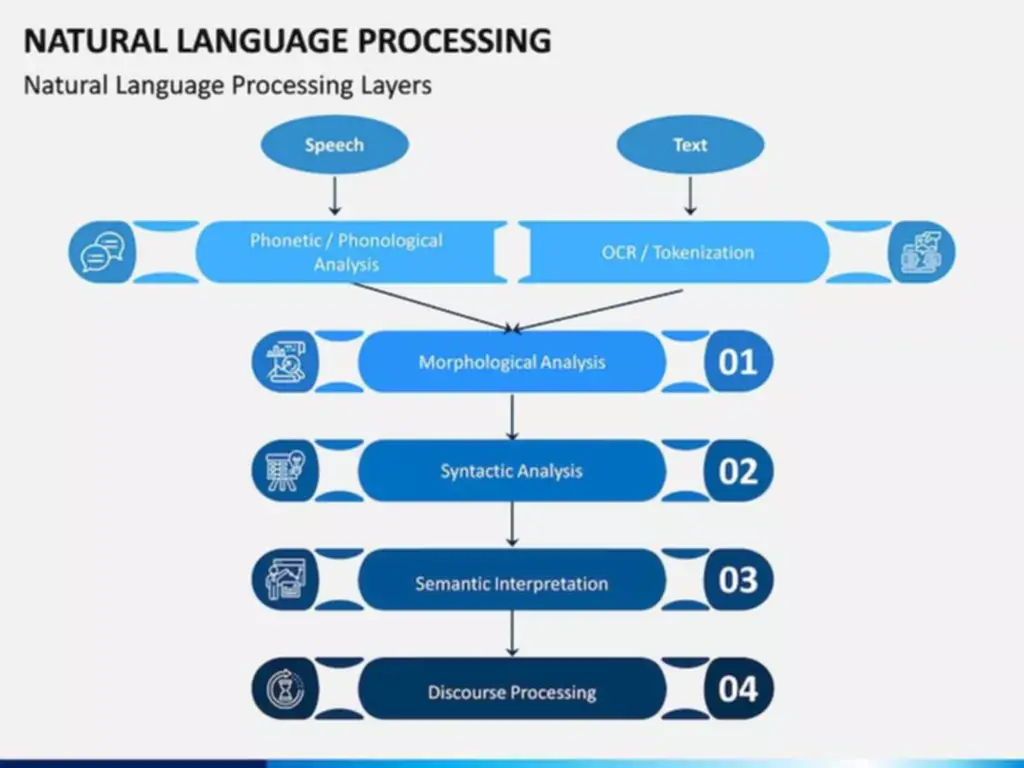As a result, it requires less reminiscence area as in comparison with the compiler. If there may be an error in this system the interpreter terminates its translation course of ai trust and proceeds for execution only when the error is removed. This course of continues until the interpreter reaches the end of the program. The most notable disadvantage is typical execution speed in comparability with compiled languages.
Generative Ai Tools And Strategies
Assembly language or low-level language is where we use mnemonics (instructions, rather than machine language. Assembly language depends on the machine which implies that the mnemonics are also depending on the architecture of machines. An interpreter takes less period of time to investigate the supply code but the overall execution time of this system is slower. Python, for example, can be executed as either a compiled program or as an interpreted language in interactive mode. On the other hand, most command line tools, CLIs, and shells can theoretically be classified as interpreted languages. Cross-compilers generate code for a different goal architecture or platform than the one on which the compilation is performed compiler meaning.
Which Is Faster: Interpreter Or Compiler?
Example data type definitions for the latter, and a toy interpreter for syntax bushes obtained from C expressions are shown in the box. Life would have been difficult if we had travelled to a distant country where it would be difficult to converse in the native tongue. Without a translator, it might not be simple to anticipate receiving one thing in return when asked. Even if we don’t go to international international locations incessantly, we frequently talk with machines unable to understand human language.
Best C++ Ides That Developers Mention The Most!
Consequently, interpreters can quickly examine each line of code written and generate new machine code. For example, Python is usually interpreted however may additionally be compiled into bytecode for improved efficiency. This interpreter interprets the packages by first remodeling the supply code into an AST consultant of the code’s hierarchical structure. These interpreters construct an abstract syntax tree from the supply code and then traverse the tree to execute the program. They dynamically translate components of the code into machine code as wanted. The machine code generated by a compiler can be optimized for the specific hardware it’s going to run on, improving efficiency.
Java bytecode can either be interpreted at runtime by a digital machine, or compiled at load time or runtime into native code. Modern JVM implementations use the compilation approach, so after the preliminary startup time the efficiency is equivalent to native code. AST is an approach to transform the source code into an optimized summary syntax tree, then execute the program following this tree structure, or use it to generate native code just-in-time.
AssemblersAn assembler interprets a program written in meeting language into machine language and is effectively a compiler for the meeting language, but can be used interactively like an interpreter. An assembler converts assembly language code into machine code (also generally known as object code), a fair lower-level language that the processor can directly perceive. A compiler plays an important role in software program development, as it is the software that interprets high-level programming code written by a human in a language into machine-readable directions.
It detects and reviews errors line by line, stopping on the first error. Let’s discover the key differences between a compiler and an interpreter. Execution of the program takes place only after the entire program is compiled.

Contrarily, in the case of interpreters, the translation and execution of the code are carried out on a line-by-line basis, which introduces some overhead at runtime, making it slower as compared to compilation. If you don’t know what the device really does other than that it accomplishes some stage of code conversion to a particular target language, then you can safely call it a translator. Thus, each compilers and interpreters usually turn supply code (text files) into tokens, both may (or could not) generate a parse tree, and each could generate immediate directions (for a stack machine, quadruple code, or by different means). The fundamental difference is that a compiler system, including a (built in or separate) linker, generates a stand-alone machine code program, while an interpreter system instead performs the actions described by the high-level program. In C, a compiler, such as GCC or Clang interprets the whole C supply code into machine code in one go, which outcomes in an executable file.
By eliminating the compilation step, interpreters facilitate a extra interactive growth process, although at the price of slower execution pace in comparison with compiled languages. Computer programs are usually written in high-level languages (like C++, Python, and Java). A language processor, or language translator, is a pc program that convert supply code from one programming language to another language or to machine code (also generally identified as object code). As an intermediate phase, sure compilers rework the high-level programming language into meeting language, and others directly convert it to machine code.
One classification of compilers is by the platform on which their generated code executes. Bell Labs left the Multics project in 1969, and developed a system programming language B based on BCPL concepts, written by Dennis Ritchie and Ken Thompson. Ritchie created a boot-strapping compiler for B and wrote Unics (Uniplexed Information and Computing Service) working system for a PDP-7 in B. Defining a computer language is often done in relation to an summary machine (so-called operational semantics) or as a mathematical perform (denotational semantics). A language may be defined by an interpreter by which the semantics of the host language is given.

But we need a language translator in between because the computer understands solely machine language (in the type of 0s and 1s) and it is hard for us to give directions immediately in machine language. These are special translator system software used to convert the programming languages into machine code. An interpreter is a software software that executes code written in a high-level programming language instantly however without prior translation into machine code. It translates every line into machine directions right then before executing the following line, making it simpler to establish any errors and debug the code. There are numerous compromises between the event pace when using an interpreter and the execution pace when using a compiler.

Compilers and interpreters are used to convert a high-level language into machine code. The output of a compiler that produces code for a digital machine (VM) might or will not be executed on the same platform as the compiler that produced it. For this purpose, such compilers usually are not normally categorised as native or cross compilers. A native or hosted compiler is one whose output is meant to directly run on the same sort of pc and operating system that the compiler itself runs on. The output of a cross compiler is designed to run on a unique platform.
- Then, it could be processed by the machine to perform the corresponding task.
- As a result, it requires less reminiscence house as in comparability with the compiler.
- The development toward bytecode interpretation and just-in-time compilation blurs the excellence between compilers and interpreters.
- When people want to categorical their emotions, thoughts, and ideas to other people we communicate by way of languages.
- Both compilers and interpreters serve the same function however work in numerous methods.
In an interpreted language, the source code is not immediately translated by the target machine. Instead, a special program, aka the interpreter, reads and executes the code. In abstract, compilers and interpreters each serve the purpose of converting high-level code into something a computer can understand, however they do so in numerous ways. A compiler translates the entire program without delay, which may make it run faster however takes extra time to compile. An interpreter translates and runs the code line by line, making it easier to catch errors and debug, although it might run slower. Both compilers and interpreters are computer programs that convert a code written in a high-level language into a lower-level or machine code understood by computers.
Compiled languages want a “build” step – they must be manually compiled first. You have to “rebuild” the program every time you need to make a change. In our hummus example, the entire translation is written earlier than it gets to you.
However, as the source language grows in complexity the design may be cut up into a number of interdependent phases. Separate phases provide design improvements that focus development on the features within the compilation course of. Some languages similar to Lisp and Prolog have elegant self-interpreters.[21] Much analysis on self-interpreters (particularly reflective interpreters) has been performed within the Scheme programming language, a dialect of Lisp. In general, however, any Turing-complete language allows writing of its own interpreter. Lisp is such a language, as a result of Lisp applications are lists of symbols and different lists. A sub-domain of metaprogramming is the writing of domain-specific languages (DSLs).
Transform Your Business With AI Software Development Solutions https://www.globalcloudteam.com/ — be successful, be the first!







